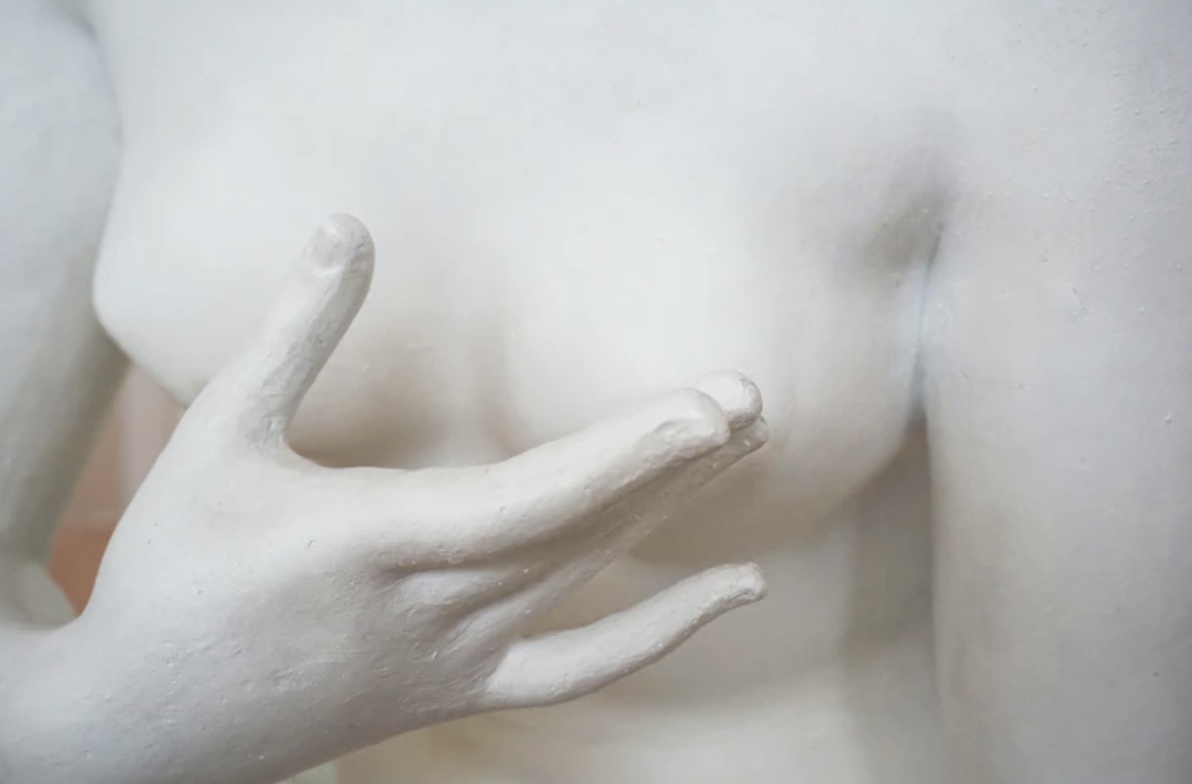The changing lifestyle, food habits, and stress are becoming the cause of numerous ailments and illnesses in all age groups. The past decade alone has seen a meteoric rise in the number of people battling cancer worldwide. Cancer is becoming one of the leading causes of death, with over ten million people losing their battle to the disease in 2020 alone.
Breast cancer is the most common cancer in women worldwide and a leading cause of death. The World Cancer Research Fund International report found that around 276,480 new cases were diagnosed in 2020 alone. The good news is that around 64 percent of breast cancer cases are diagnosed in the localized stage, making recovery possible. As most people do not experience any symptoms, they tend to take the minor signs for granted, which results in the region or distant stage, where it becomes difficult to treat.
Is there a way to spot cancer and tumors early? Experts suggest that regular breast examination at home could help you spot anomalies and seek help. Here’s a guide to the Breast Self-exam. We help you understand how you could do it properly and what you should look for!
Contents
Look for Abnormalities

It is important for women to regularly examine their breasts for any lumps, which would help detect breast cancer early. You can start by looking at yourself in the mirror to see if there is a difference in your breasts’ shape, size, or color. Healthy breasts are evenly shaped and do not have any swelling or distortion.
If there is any lump, dimpling, or bulging of the skin, consult your doctor. Do not worry because all anomalies in the breast might not be cancer. It could be a non-cancerous tumor that could be treated with medicines and surgery for tumor removal. The surgery aims at removing the tumor without harming the tissues around it. You might have to undergo radiation therapy in exceptional cases. In most instances, a few days of medication after the surgery would do the trick.
Look For Changes Around Your Periods
Check your breasts regularly to look for irregularities in terms of discharge, shape, lumps, etc. Fibroadenomas usually appear suddenly and remain the same size over a period, unlike cancerous tumors which continue to grow. However, as they are affected by hormones, they may change size over your menstrual cycle or pregnancy. It could be a result of reproductive hormones and could be treated with hormone therapy. The fibroadenoma might shrink after you pass menopause when your hormone level decreases. Fibroadenoma is not painful, but it can be uncomfortable. Another telltale sign that the lump in your breast is fibroadenoma is that it gets tender before your periods and is sensitive to touch. If you notice lumps in your breasts and visit your doctor, they might advise you to get a biopsy. However, a biopsy might not necessarily mean that the tumor is cancerous.
The Orange Peel Test

The shape and outline of your breasts and how your nipples look could point to health complications too. Stand in front of a mirror and look at your breast for changes in the skin texture or indentations, making the skin look like an orange peel. This could be a sign of inflammatory breast cancer or IBC, which is rare and looks a lot like an infection. Visit your doctor immediately, even if you do not lump. IBC does not lead to lumps. Instead, it affects the lymphatic vessels by blocking them, which leads to fluid accumulation in the breasts. This could lead to breast cancer and needs immediate treatment. Your doctor might run a few tests and suggest treatment based on whether or not it is a symptom of breast cancer. Studies suggest that peau d’orange or orange peel-like breast skin does not always have to be cancer. It could also be sarcoidosis or scleredema. Treating these conditions would help your skin go back to its original form too.
Make It A Routine
In most cases, women notice lumps only after it’s grown too big and is causing difficulties. Instead, one should perform breast examination regularly, which will help track any changes and report them to the doctor early. It is important to understand how your breast changes around your period, so you could start by examining your periods a few days before your periods, during, and after. During pregnancy or post-menopause, when you might not have your periods, you could pick a random day in the month for breast examination and make it your routine.
Look for lumps near the armpits and below your breasts, as these are the common spots for lumps. Maintain a journal to record your breast examination findings and take it with you to the doctor if you notice any abnormalities. The journal will help you, and the doctor determines what is normal for your breast and what counts as a change.
